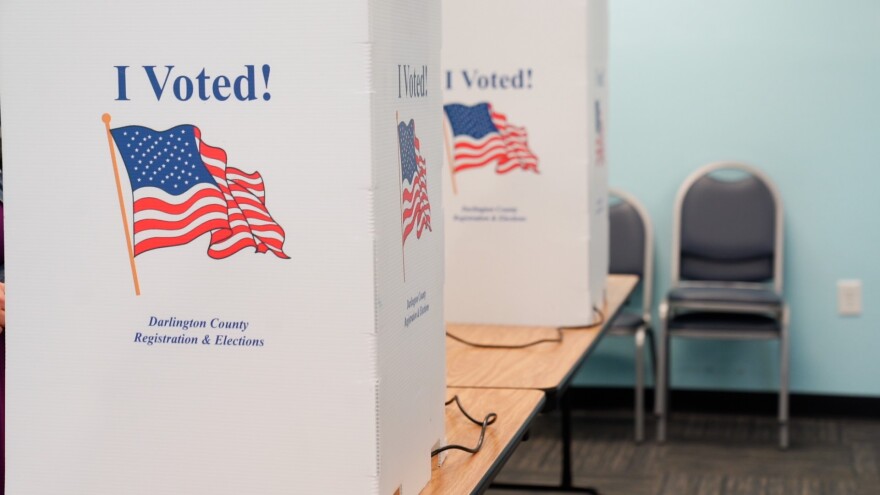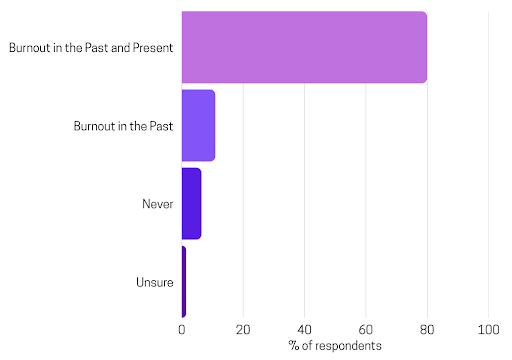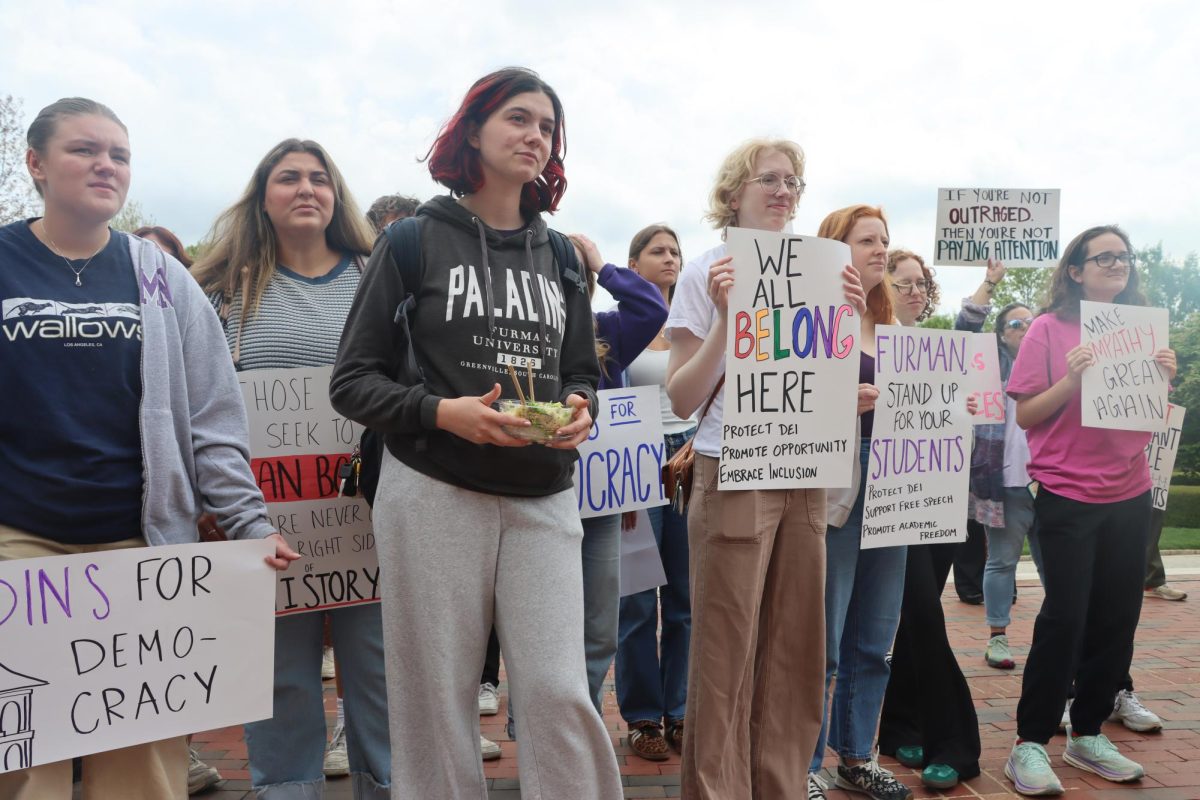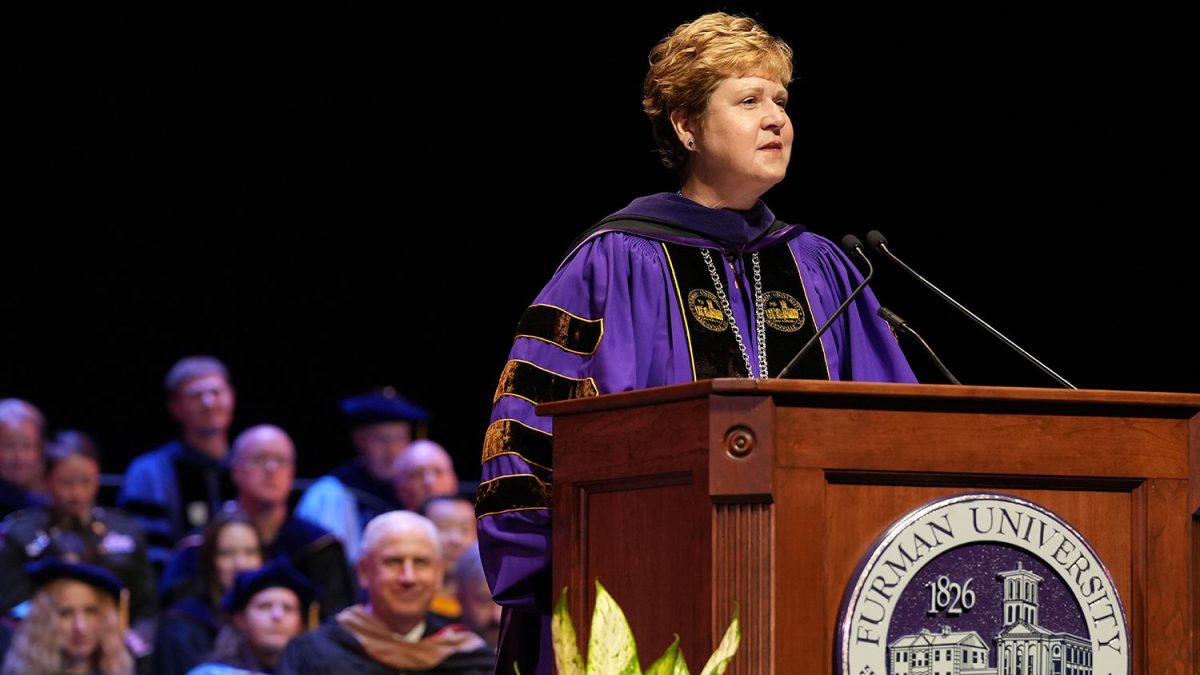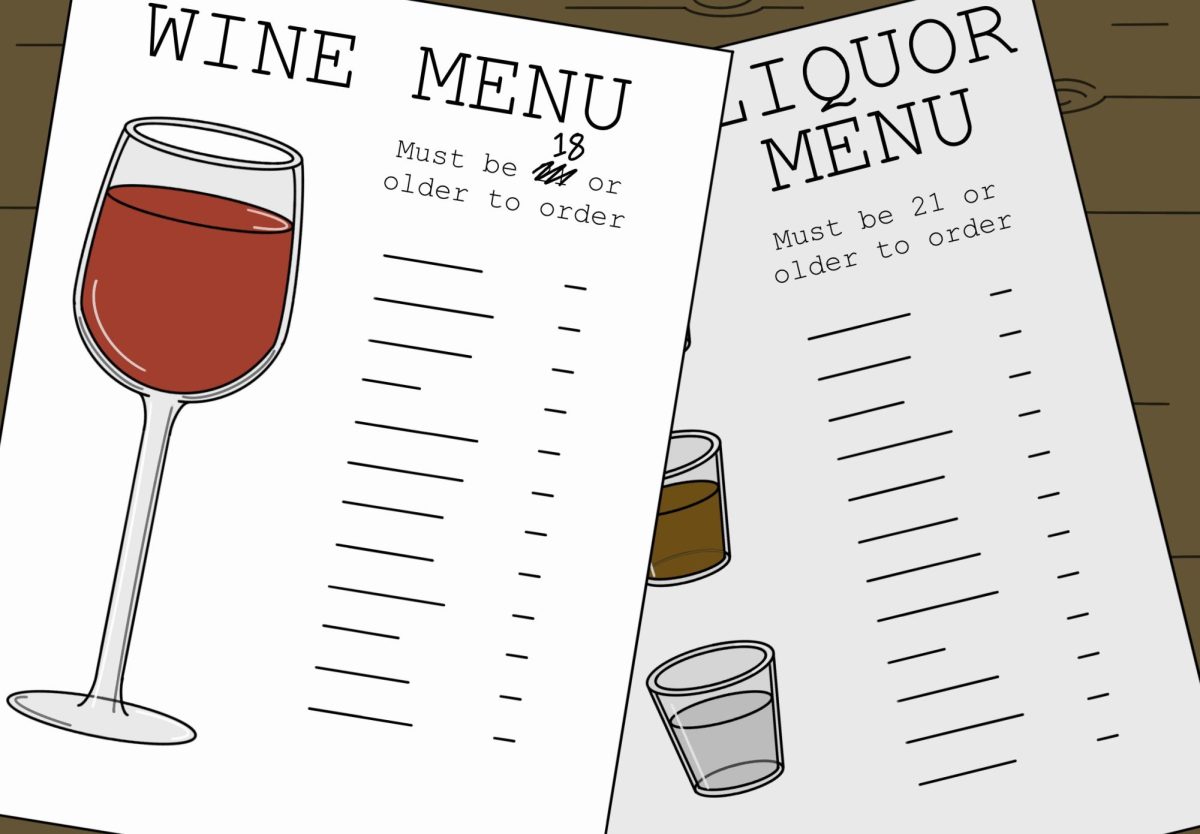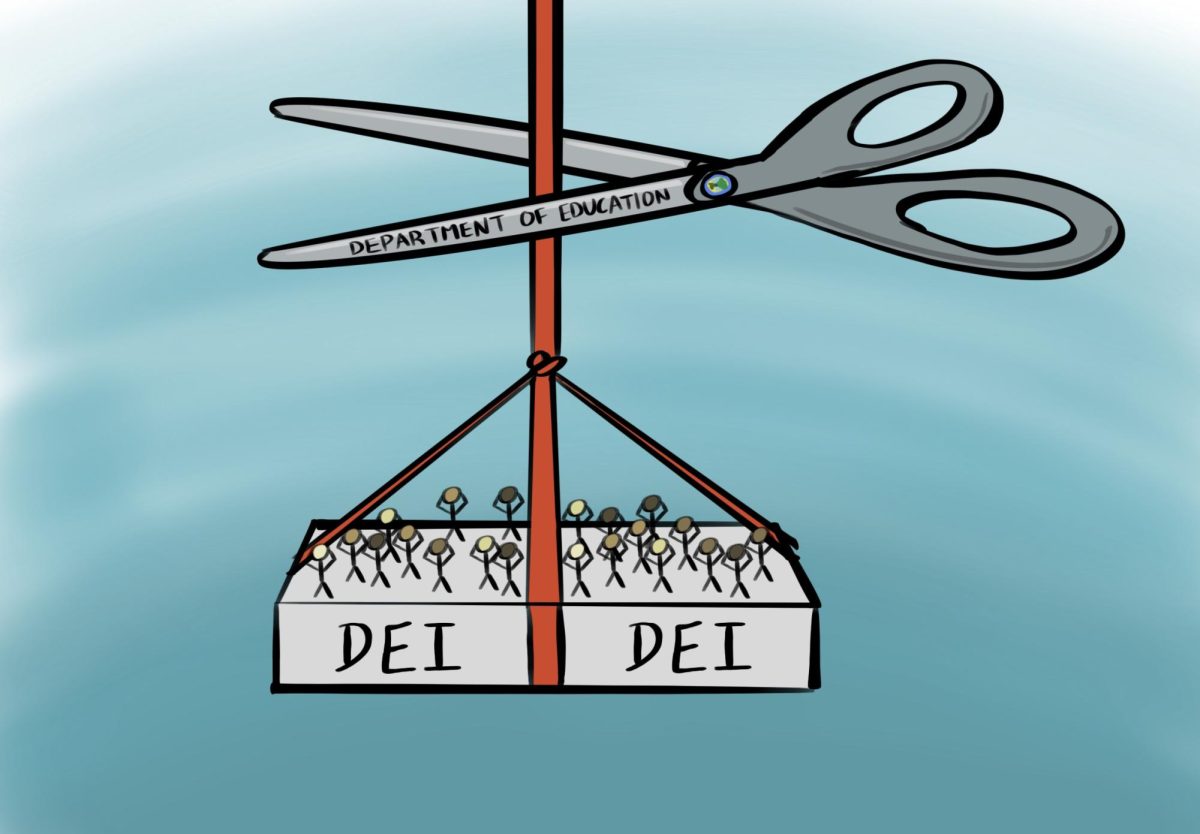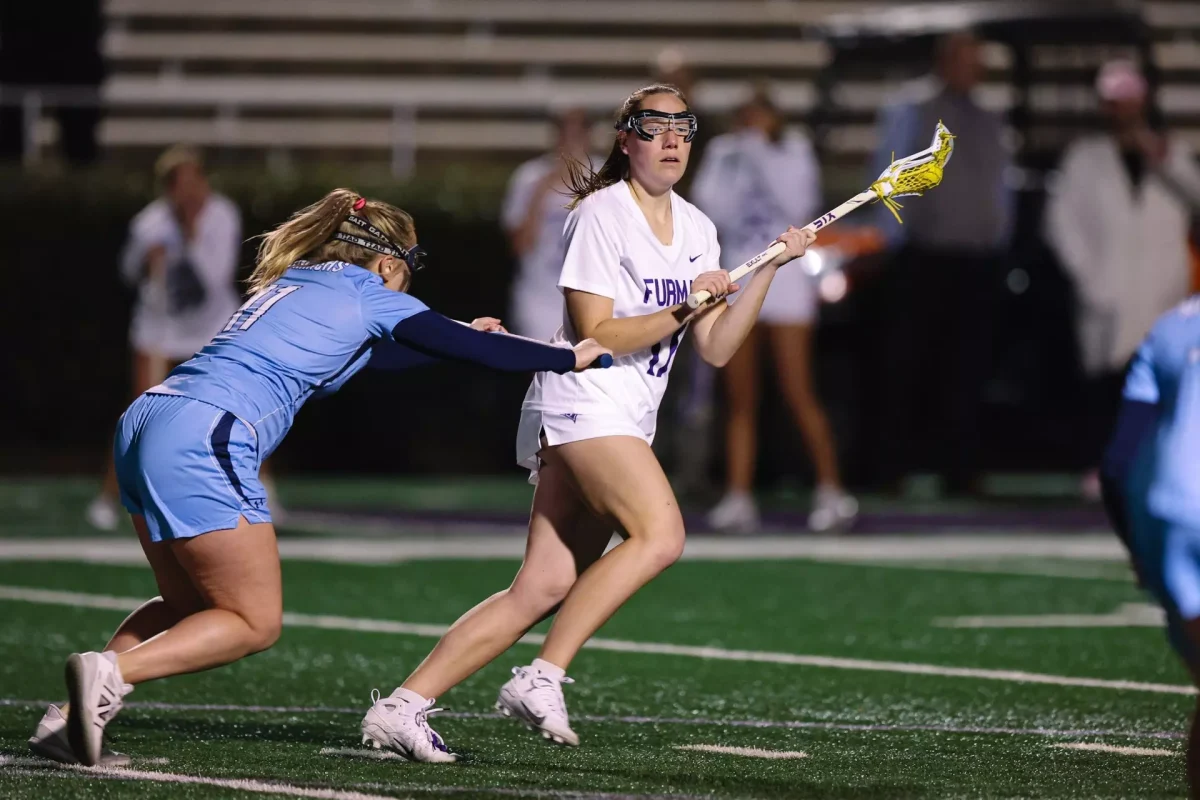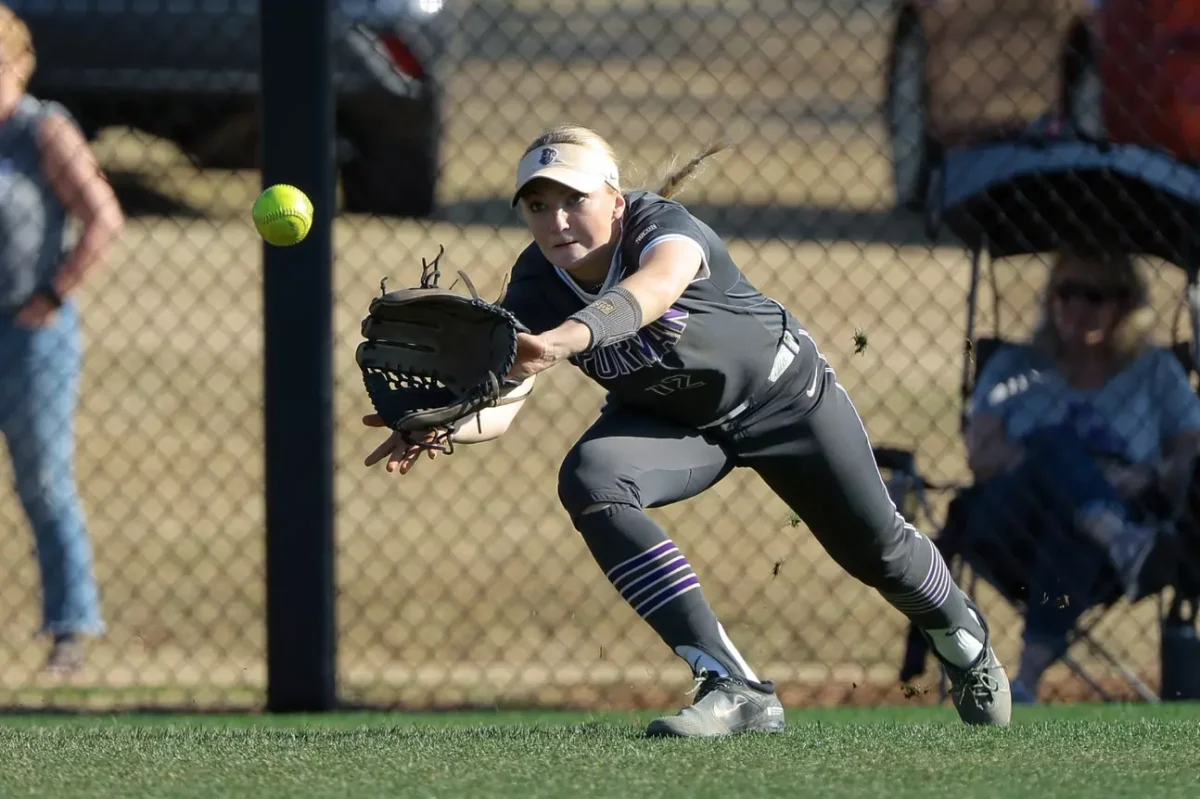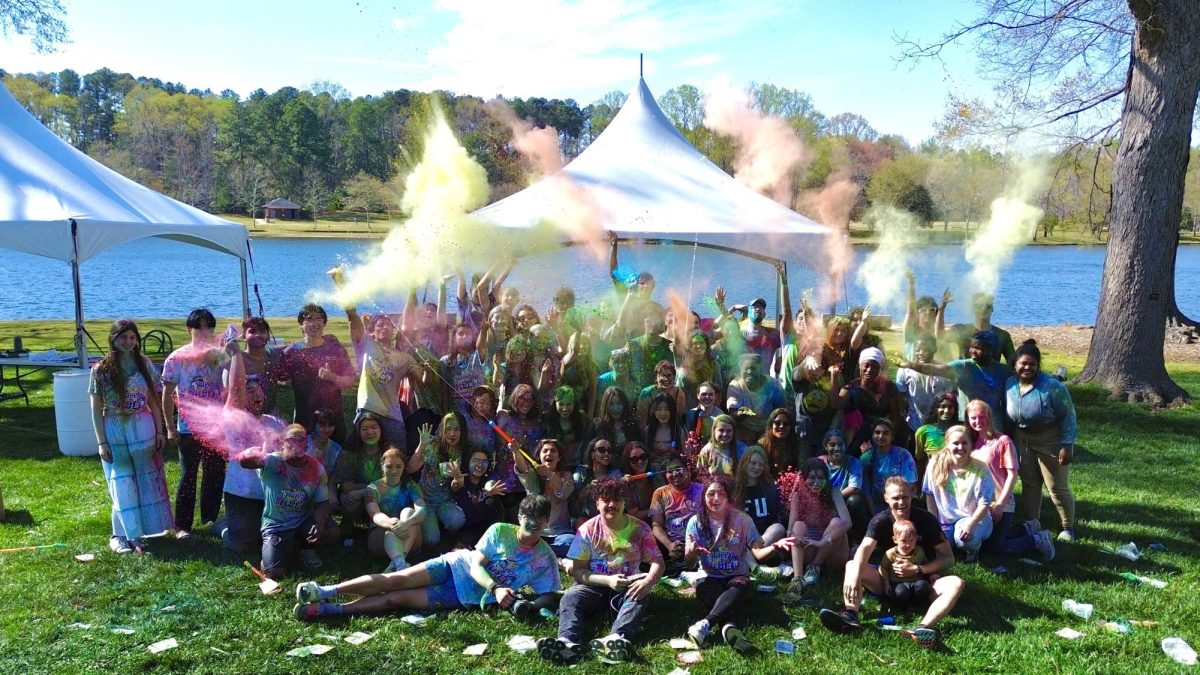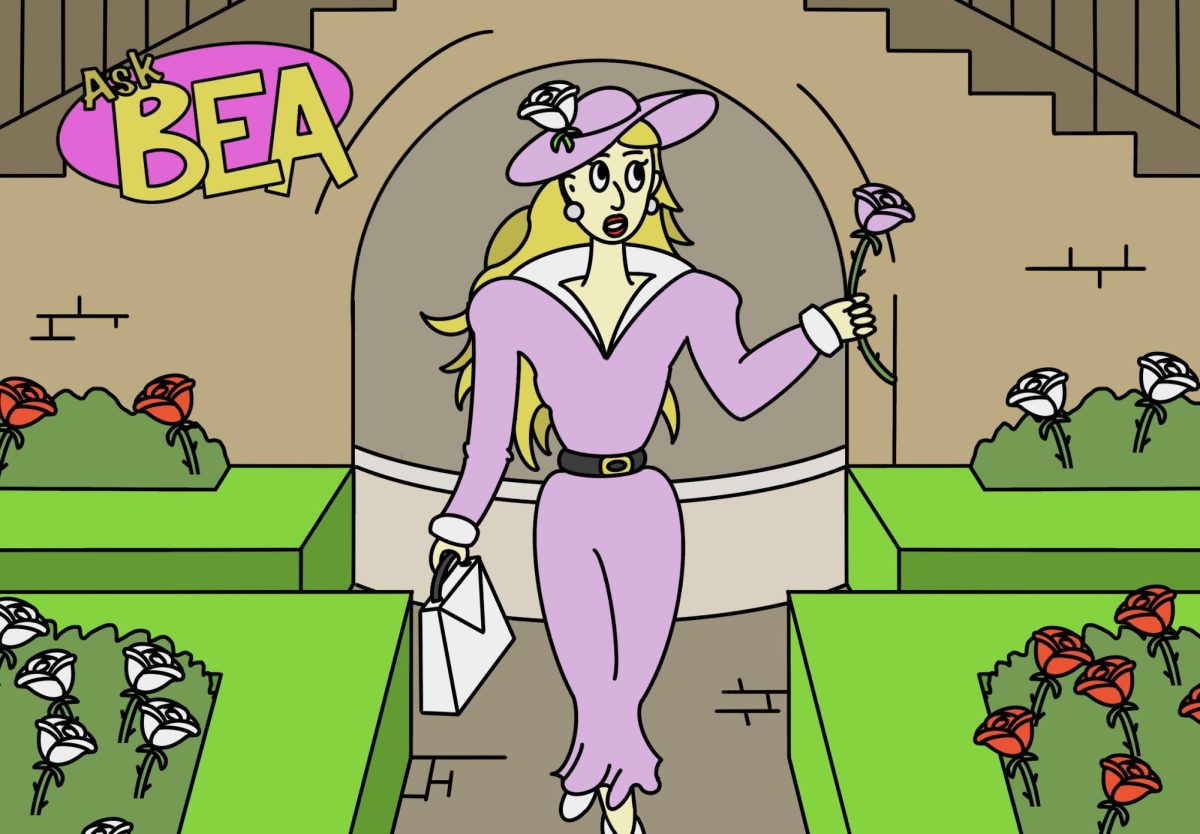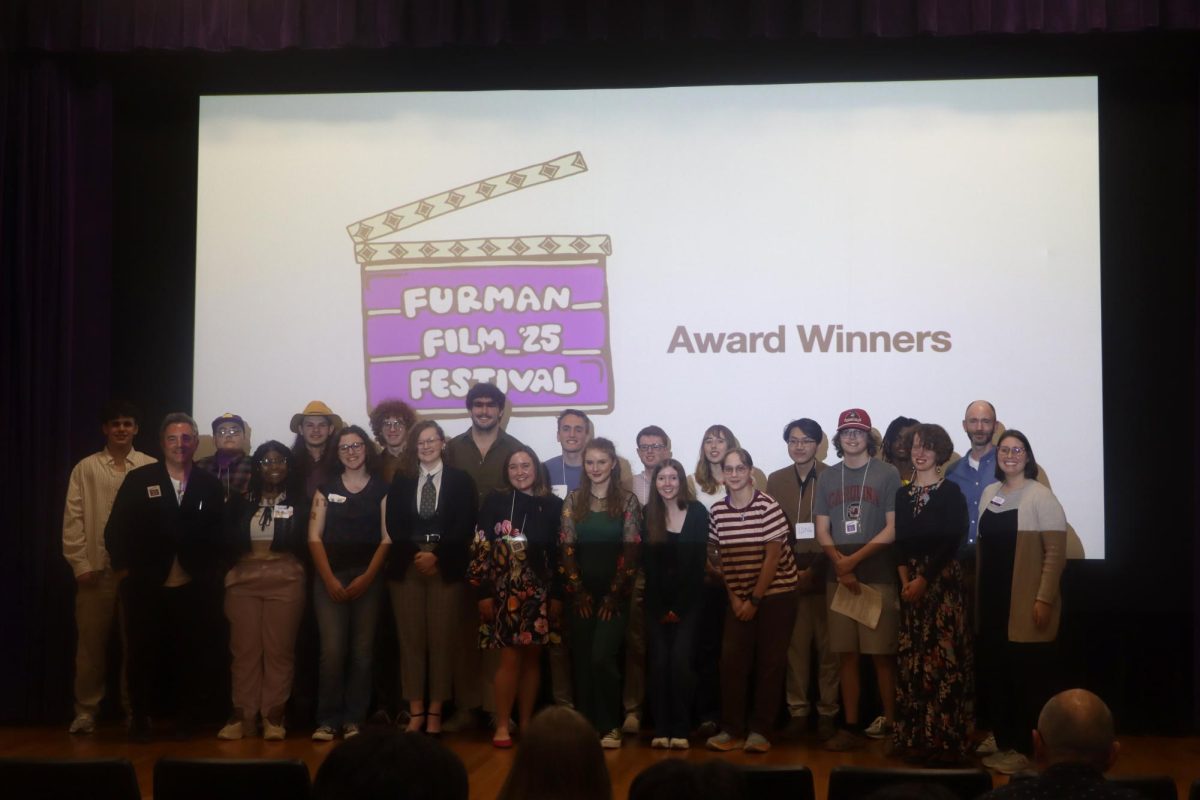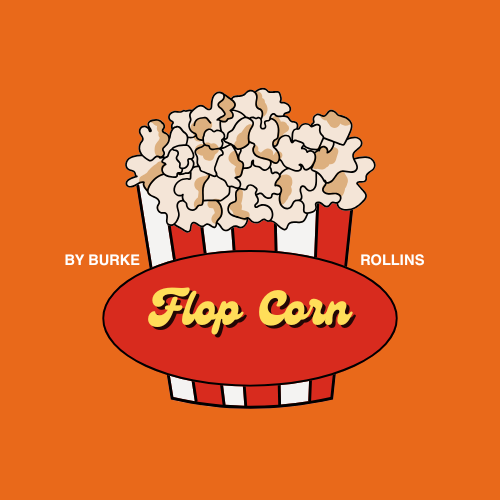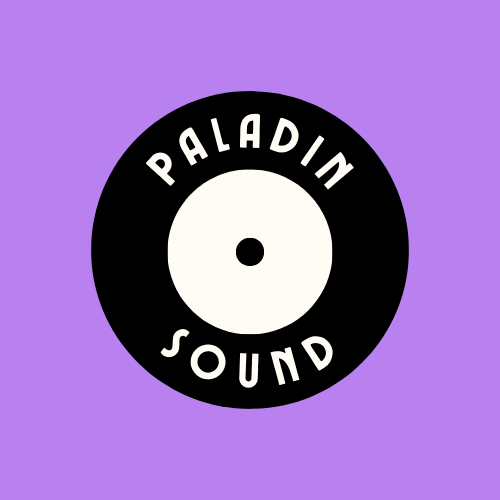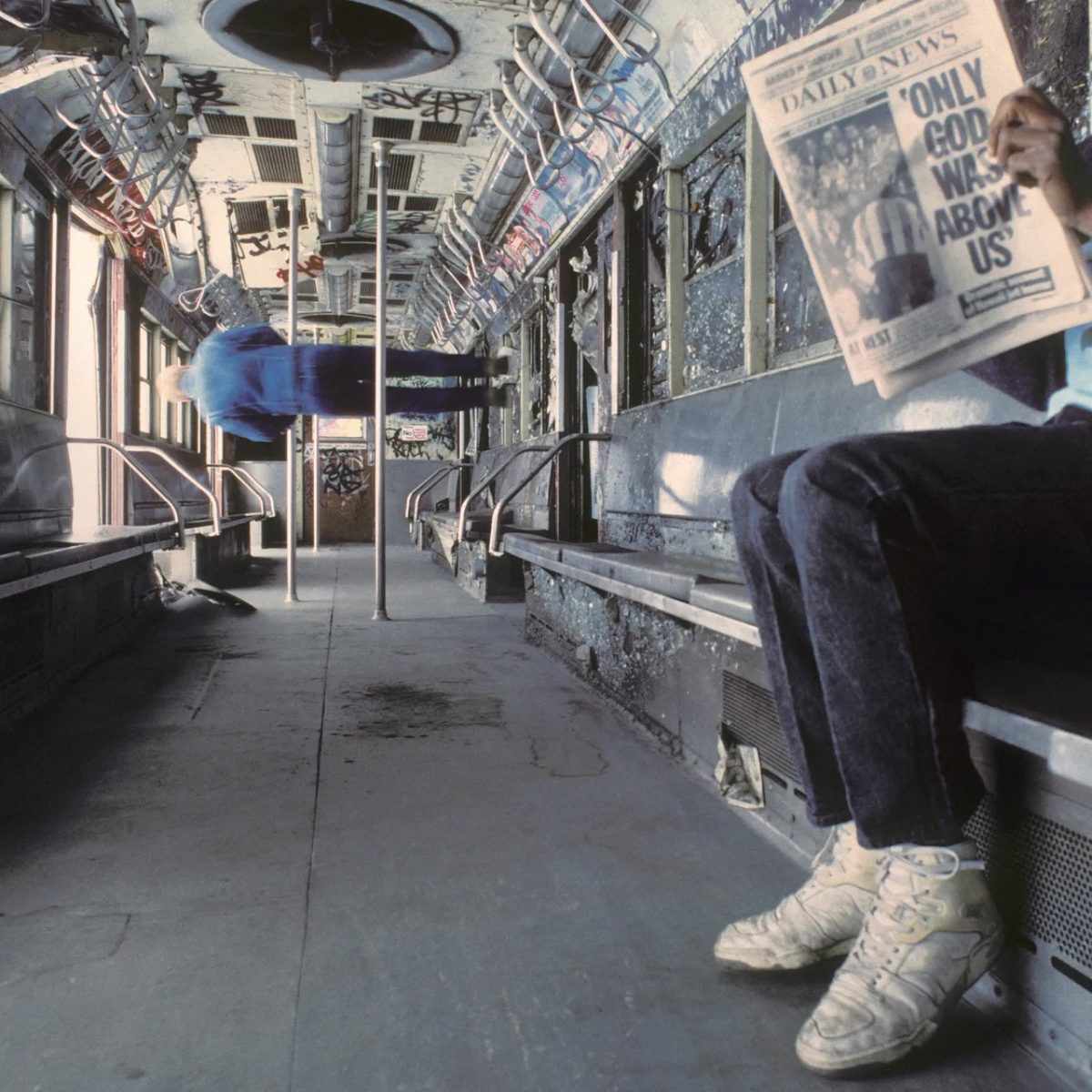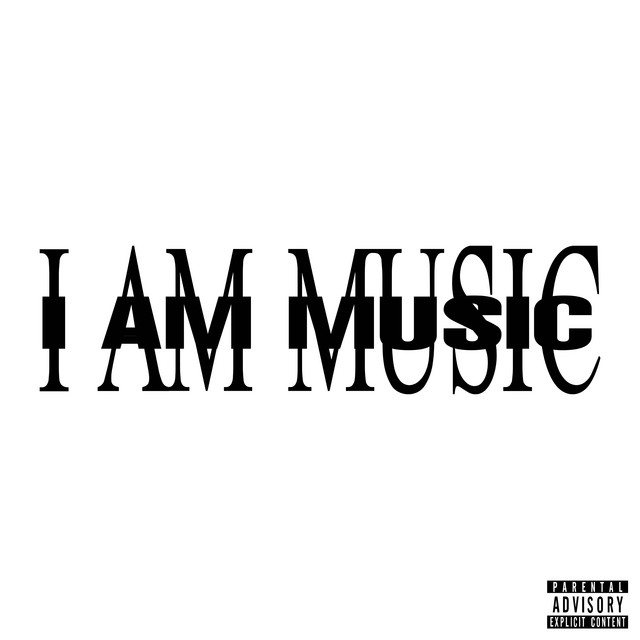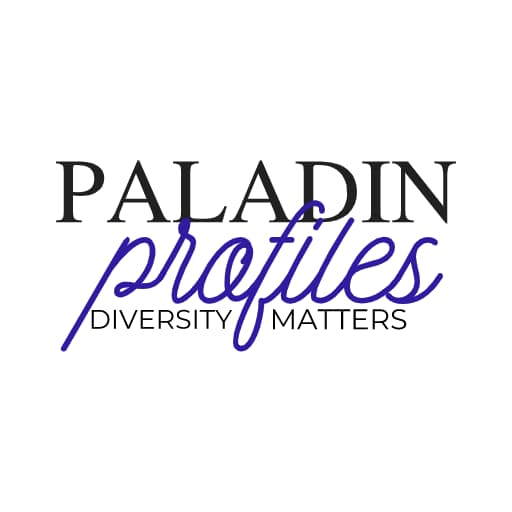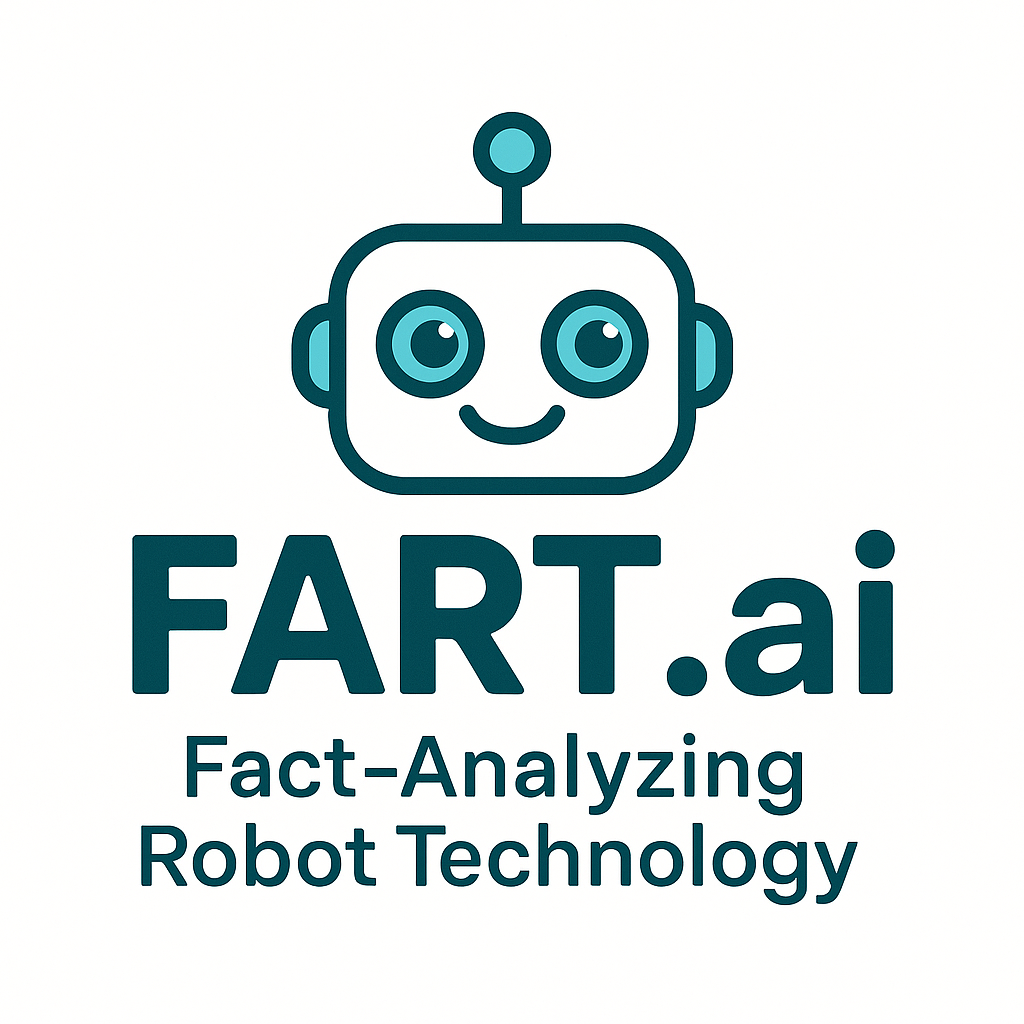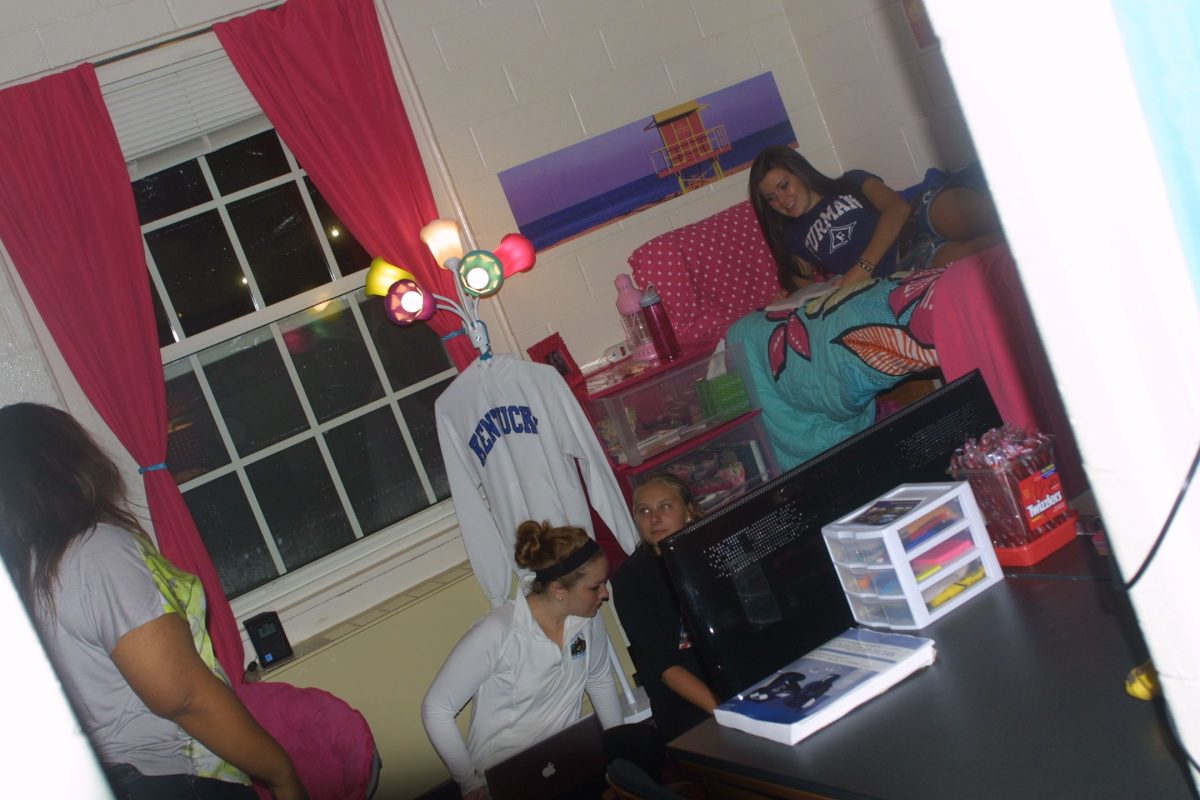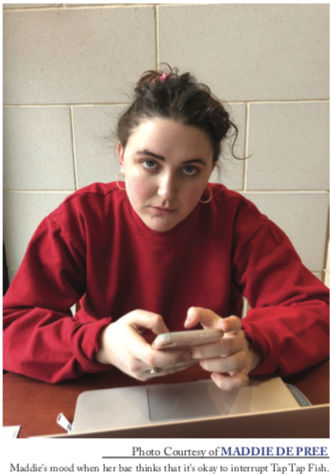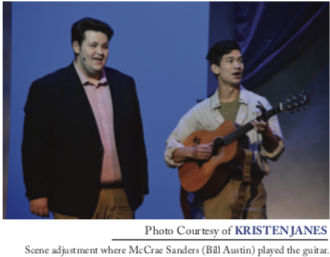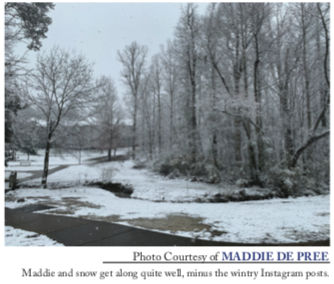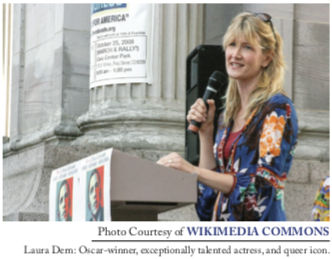The “damn factor”—the origin of all successful advertising strategies used at Furman University.
This is how senior Stephen Sebastian, CEO of Conservative Students for a Better Tomorrow (CSBT) characterized effective campus advertising. Good advertising, he said, should elicit this response.
While marketing is not new to Furman, several student groups have been employing innovative methods this school year to attract the attention of their peers, determining by trial and error the most effective ways to advertise.
Furman’s Relay for Life group decided to use a marketing strategy called flooding to raise awareness for their March fundraiser by posting signs and posters the number “3.63” around campus. The campaign aimed at getting students to talk about the number by leaving it unexplained.
“The point is to annoy them so much they will want to know what it means,” said sophomore Aakash Bhaskar, a member of the group.
Two weeks after putting up the signs, Relay for Life announced that “3.63” stood for $3.63, the amount each Furman student would need to donate to meet the group’s fundraising goal of $10,000. Brightly colored posters asked students to forego a cup of coffee and donate the money. Relay for Life members also posted the announcement on Facebook groups and the student news section of First Class.
The Environmental Action Group (EAG) is also using Facebook as a marketing tool. Members of the group will change their profile pictures on Facebook to advertise upcoming events. Sophomore Elisabeth Schlaudt, public relations officer for EAG, said this is more attention grabbing because students see the new picture in their news feed.
Sebastian took a different view, saying Facebook is not an effective tool because events and pages are not “getting enough clicks.” He said Facebook is only useful when an organization is targeting a specific group of people.
CSBT and EAG indicated that they focus their advertising on Cultural Life Programs. CLPs that have a controversial name or subject often attract a larger turnout.
“It takes a lot of work and effort to get speakers to come to Furman University, and they need to be recognized,” said junior Alison Bressler, president of EAG.
Flyers use bright colors and an eye-catching picture to distinguish them from other signs. CSBT usually puts their poster’s headlines in all capital letters.
“Advertisements need to look good, thoughtful, intentional, and professional,” Sebastian said.
EAG is using fewer flyers to advertise this semester. Schlaudt said flyers blend in with the other signs and do not support the organization’s commitment to sustainability.
Relay for Life also expressed reservations about using flyers.
“One of the biggest struggles in advertising is when people tear down the flyers you just put up,” Bhaskar said.
Last semester CSBT placed a sign stretching along the garden across from the library to draw attention to the United States’ national debt. The sign included how much of the debt each American citizen “owes” to make the figure more relevant to students. CSBT chose the location after hearing about a study that found the Furman library was the social hotspot of the campus.
Dining hall banners, chalking, and word of mouth are also widely used methods of advertising on campus.

